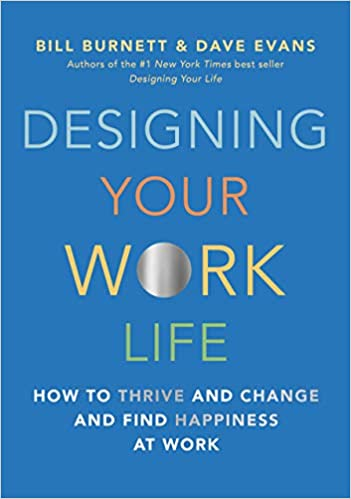
Work-Life Balance, We hear this term a lot from a college graduate to a well-known leader everyone talks about this. It is more heard by people who spend more hours on work. But with a shift of office work environment to home the meaning to work-life balance has totally been changed. Before discussing strategies we must under what actually is a good work-life balance.
A good work-life balance will look different for everybody. A good balance is what allows employees adequate time to spend outside of work on things like with family, hobbies, and social events.
As an example, healthcare workers such as nurses and doctors are often seen to have a bad work-life balance. They work long hours up to 12 a day. But generally, we can see that they have more emergency works to do. It’s seen as particularly problematic that people in other industries where they don’t have any emergency works to handle face work-life balance problems.
Below are the top 5 strategies to make a good work-life balance:
- Flexible hours
- Cultivating a culture of trust
- Offer workplace perks
- Encourage a social committee
- Promote workplace volunteering
Also, Read the Best self-improvement books of all time to read.
1. Flexible hours
Workplaces, industries, and societies have evolved. Whereas when Dolly Parton sang about 9-5 it had been the simplest and only available option, it’s not anymore and versatile working hours can help greatly with striking better work-life balance integration.
Different people work best at different times of the day, and lots of people also are choosing to possess families first and career later. This means that they have hours that employment around childcare responsibilities, and 9-5 doesn’t always leave that.
Consider changing workplace processes to permit for 8 am-4 pm, 7 am-3 pm, 10 am-6 pm, or counting on your industry, an 8 hour day which will be worked around an employee’s day. For example 8am-12pm, then from 4pm-8pm.
Change can be powerful. Learn to leverage it and change the world.
2. Cultivating a culture of trust
One of the main barriers in employees working from home before the COVID-19 Pandemic was rooted in archaic employer mistrust and insecurity. There was a misguided and really bad belief that if an employee couldn’t be seen, they wouldn’t be working which was unfair.
Now people are addicted to working from home, businesses can leverage a culture of trust to provide better work-life balances for their employees. For example, an employee who may have had to commute an hour each thanks to the office was losing 2 hours of their personal time. If they work just as productively at home and are happy there, why not give them those two hours back by allowing the option to work remotely.
3. Offer workplace perks
This may be hooked into the dimensions of your organization, but not every business must offer huge perks. Simple things like cinema memberships or discounted gym can go a long way, as can allowing the odd day for the office dogs to meet one another!
Offering perks invest in your employee’s wellbeing and health and encourages them to strike a balance by making the foremost of fitness or leisure facilities.
4. Encourage a social committee
Social committees are a reasonably new initiative being adopted by offices all around the world, but they’ve actually always been within the workplace. Social committees are usually small groups of people responsible for arranging social programs and events for the workplace.
Social activities provide an excellent opportunity for work-life balance because they permit employees to urge out of the office and relax. They can also help to deepen bonds between the employees in a team, which could enable more work to be shared and thus task management to be lessened.
Also Read: 5 Ways To Reduce Anxiety
5. Promote workplace volunteering
Volunteering may be a fantastic option for anybody because it stimulates our sense of reward, which may boost our endorphins and make us feel happier and more valued.
Workplace volunteering goes one step further as it cheers teams to volunteer together, sharing in the sense of accomplishment.
In terms of cheering better work-life balance, as well as the endorphin and health boost, volunteering also provides employees with a purpose – something to stop checking the emails for, which may go an extended way in restructuring imbalanced routines.
Designing Your Work Life: How to Thrive and Change and Find Happiness at Work | Buy On Amazon USA | Buy On Amazon INDIA


